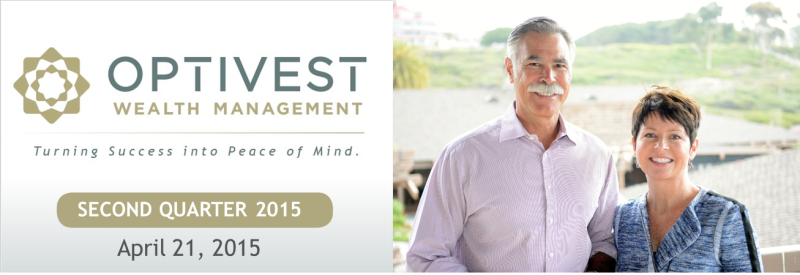It has been a very busy and productive first quarter at Optivest: asset allocation and manager changes with SageView, a breakfast meeting with Mohamed El-Erian (departing CEO at PIMCO), interviews with the Wall Street Journal and Forbes, high level real estate discussions with large local owners including Rick Caruso, launching a Retirement Strategies department, joining Tiger 21 and meeting with 8 New York investment bankers conducting due diligence on our nearly $1 billion REIT.
US Economy –
After a vigorous 3rd quarter in 2013, the economy has fallen back to 6 months of slow growth and uncertainty as the new Fed Chairman, Janet Yellen, continues tapering the artificial support of the monetary system. The year has started exactly as we forecasted in our last newsletter – with a wobbly/sideways stock market and virtually every other asset class (see below) showing only slight gains of 1-3% which are the opposite of 2013. Interest rates have dropped slightly and are holding for now, but Mrs. Yellen has signaled that she expects short-term rates will rise to 3% by the end of 2015 and 4% by the end of 2016. This would only happen if the economy actually picks up organically after the Fed has stopped current stimulus. Continue reading →






